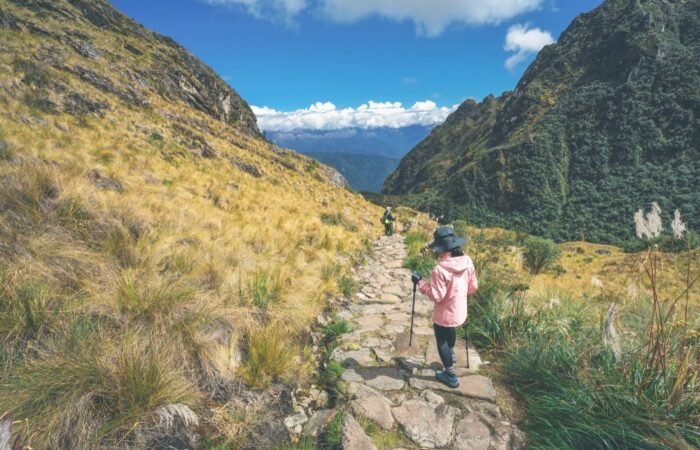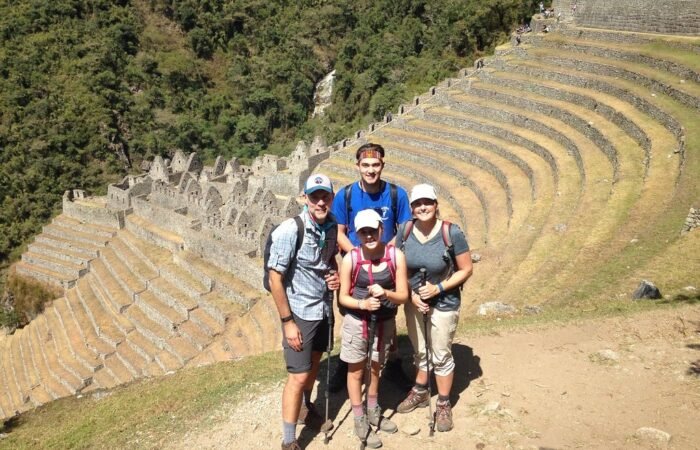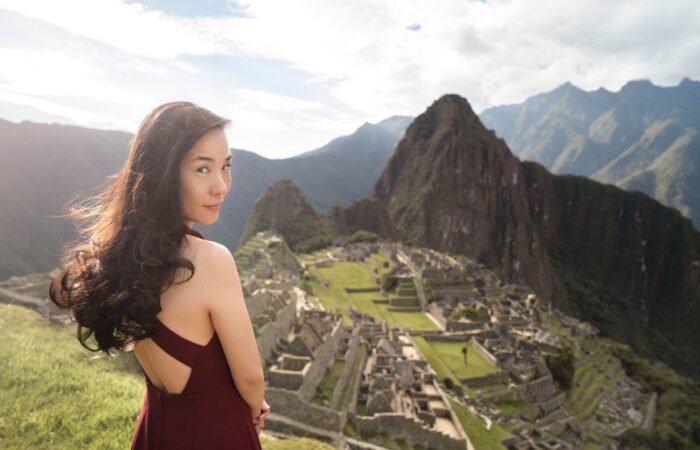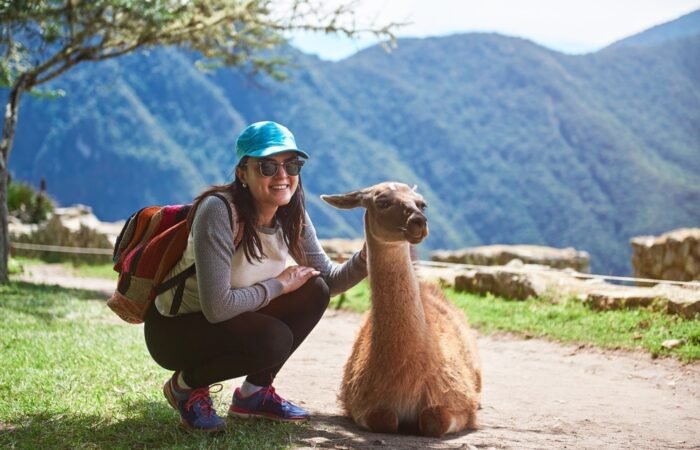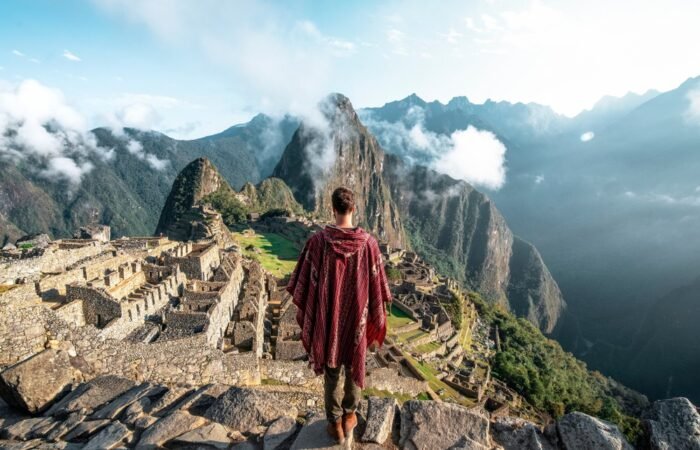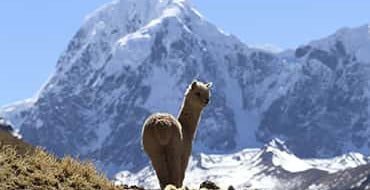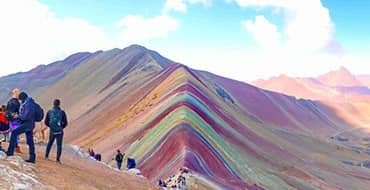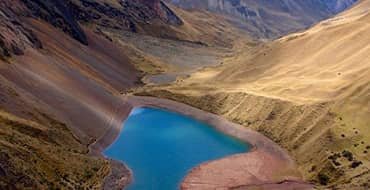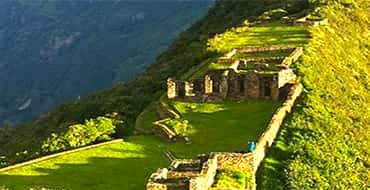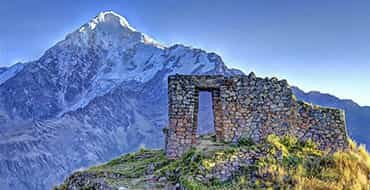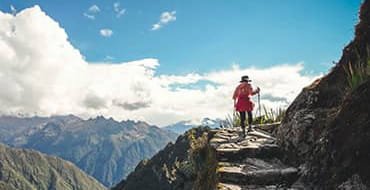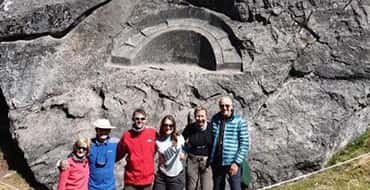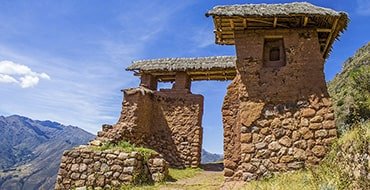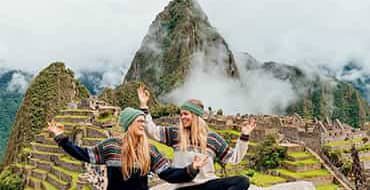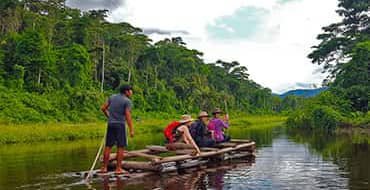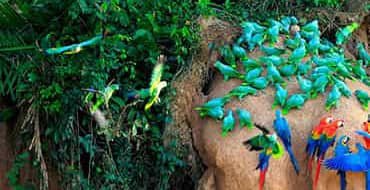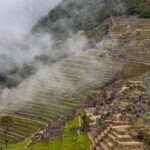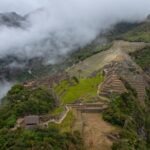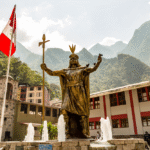

Introduction to Inti Raymi
Inti Raymi is one of the most revered festivals in the Incan culture, celebrated annually in honor of Inti, the Sun God. The festival, which translates to “Festival of the Sun,” is deeply rooted in Andean civilization, showcasing the cultural and spiritual heritage of the Incas. Historically, Inti Raymi was held during the winter solstice in the Southern Hemisphere, marking the beginning of the new agricultural year and symbolizing the return of sunlight. This ancient festival draws significant importance as it reflects the agriculture-based lifestyle of the Incas, who viewed Inti not only as a deity but as the giver of life.
The origins of Inti Raymi can be traced back to the Inca Empire, flourishing in the 15th century. The festival was celebrated primarily in the city of Cusco, the historic capital of the Incas, which is often regarded as the religious and administrative center of the empire. Each year, the festival attracted thousands of participants and spectators, including nobles, priests, and common folk, highlighting its role as a unifying event for the Incan society. During the celebration, elaborate rituals took place, including sacrificial offerings, traditional music, and dances, all dedicated to Inti to ensure a bountiful harvest.
The significance of this festival goes beyond mere agricultural practices; it embodies the reverence the Incas held for the natural world. The sheer scale and grandeur of Inti Raymi illustrate the Incas’ deep spirituality and their belief in the connection between human existence and celestial phenomena. As the sun was considered the most powerful deity, the festival emphasized the need to appease Inti to secure prosperity and health for the community. Today, Inti Raymi continues to be celebrated with great passion, reflecting not only the rich historical context but also the enduring legacy of Incan traditions.

What is Inti Raymi?
One of the most sacred celebrations of the Inca Empire, the Inti Raymi, was a religious ceremony honoring Inti (the Sun God), the core of Andean cosmology. Originating in Cusco, the capital of Tawantinsuyo, this 15-day festival featured rituals, sacrifices, dances, and offerings to the solar deity. The last Inti Raymi, presided over by an Inca emperor, occurred in 1535, just before the Spanish conquest.
Today, Inti Raymi is a breathtaking theatrical reenactment that draws thousands of national and international tourists, solidifying its place as one of Peru’s most significant cultural events. More than just a revival of Inca grandeur, this festival strengthens Peruvians’ ancestral identity and captivates audiences worldwide.
The Sun in Inti Raymi
In Inca cosmology, the Sun (Inti) reigned as the supreme deity, the source of life, energy, and cosmic order. The Inti Raymi festival celebrated the start of a new annual cycle through sacred rituals of gratitude and reverence. The Incas built monumental temples like Qoricancha and presented offerings and sacrifices to secure the Sun God’s blessings.
Far more than a religious ceremony, Inti Raymi was a pivotal political and social event, reinforcing the bond between the Sapa Inca (emperor), the state, and the people. This grand celebration embodied the empire’s unity, spirituality, and reverence for nature’s most potent force.

Inti Raymi in the Tahuantinsuyo Era
Established by Pachacútec in the 15th century, Inti Raymi (Festival of the Sun) stood as the most magnificent celebration of the Inca Empire. This sacred ceremony united key figures of imperial society:
- The Acllas: Virgins of the Sun
Chosen as young girls, these women served Inti (the Sun God) and the Sapa Inca (emperor). Residing in Acllahuasis (House of the Chosen Women), they wove sacred garments, prepared offerings, and maintained ritual fires. Some became secondary wives of the Inca or nobles, playing a vital role in fertility and abundance ceremonies during Inti Raymi. - The Ayllus: Community Clans
As the backbone of Inca society, these kinship-based communities worked collectively in farming, construction, and crafts while paying tribute to the state. During Inti Raymi, each ayllu sent representatives with traditional dances and offerings to honor the Sun. - The Imperial Army
The military force that protected and expanded the Tahuantinsuyo paraded in ceremonial armor and weapons, symbolizing the Inca’s might. Their presence reinforced the sacred link between religion and political power. - Representatives of the Four Suyos (refers to the four regions of the Inca Empire)
Delegations from Chinchaysuyo, Collasuyo, Antisuyo, and Contisuyo arrived bearing textiles, metals, and food as tribute, renewing alliances and showcasing the empire’s cultural diversity.
The ceremony began with the Sapa Inca’s triumphal entrance into Cusco’s Plaza de Armas or Sacsayhuamán, escorted by:
- Acllas, scattering flowers as symbols of purity.
- Pichaq, sweeping away evil spirits with straw brooms.
- The Kumillo, carrying the Achiwa (a multicolored feathered parasol).
Despite Spanish suppression, Inti Raymi survived in secrecy and was later preserved in Inca Garcilaso de la Vega’s “Comentarios Reales”, a pivotal text for understanding its legacy.


Discover What Happens at Each Stage of Inti Raymi
Journey through the sacred sites that revive the Inca Empire’s grandeur, from the majestic Qoricancha to the towering Sacsayhuamán Fortress, passing through the vibrant heart of Cusco at the Plaza de Armas.
1. Qoricancha
The ceremony begins with a breathtaking ritual at Qoricancha, the ancient Temple of the Sun. As dawn illuminates its golden walls, the Inca makes his first public appearance, solemnly invoking Inti (the Sun God), thanking him for life, sustenance, and nature’s power. Surrounded by priests and Andean dancers in traditional attire, this act marks the start of a new solar cycle with a unique spiritual energy that draws thousands of visitors yearly.


2. Main Square
At the historic Plaza de Armas (formerly Huacaypata), the Inca receives representatives from the four regions of Tahuantinsuyo (Chinchaysuyo, Antisuyo, Collasuyo, Contisuyo). Here, ancestral rituals unfold solar new year prophecies by amautas (wise men), a mesmerizing collective dance symbolizing unity, and a modern addition: the Inca’s symbolic meeting with Cusco’s mayor, who reports on the city’s governance. This fusion of living history, performance art, and ancient tradition captivates global travelers.

3. Sacsayhuamán
The megalithic esplanade of Sacsayhuamán hosts the climactic ceremony, one of Latin America’s grandest cultural spectacles. The Inca’s high priests conduct symbolic offerings to Pachamama (Mother Earth), sacred dances, chicha (corn beer) rituals, and the traditional llama sacrifice, a divination act foretelling the new solar cycle. With 700+ performers, this breathtaking blend of art, spirituality, and Andean tradition against a monumental backdrop makes it a must-see for authentic cultural travel in Peru.
Inti Raymi 2025 Tickets
The Cusco Municipal Festivities Company (EMUFEC) exclusively manages Inti Raymi ticket sales annually. Official tickets for the 2025 celebration are available through Teleticket, Peru’s leading event ticketing platform.
Qorikancha
Qorikancha grandstand
| Ticket Prices | Peruvian Soles (PEN) | US Dollars (USD) |
|---|---|---|
| General Admission | S/.177.00 | 49.00 USD |
| Children | S/. 100.00 | 28.00 USD |
| Tour guides | S/. 100.00 | 28.00 USD |
| Peruvian Nationals | S/. 100.00 | 28.00 USD |
The official grandstand is on El Sol Avenue,It offers directly across from Qoricancha’s ceremonial platform. on El Sol Avenue, offering front-row seats to the Inca Sun Temple rituals.
Saqsayhuamán
Green grandstand
| Ticket Prices | Peruvian Soles (PEN) | US Dollars (USD) |
|---|---|---|
| General Admission | S/. 455.00 | 125.00 USD |
| Children | S/. 221.00 | 61.00 USD |
| Tour guides | S/. 221.00 | 61.00 USD |
| Peruvian Nationals | S/. 221.00 | 61.00 USD |
Red grandstand
| Ticket Prices | Peruvian Soles (PEN) | US Dollars (USD) |
|---|---|---|
| General Admission | S/. 636.00 | 174.00 USD |
| Children | S/. 302.00 | 83.00 USD |
| Tour guides | S/. 302.00 | 83.00 USD |
Orange grandstand
| Ticket Prices | Peruvian Soles (PEN) | US Dollars (USD) |
|---|---|---|
| General Admission | S/. 677.00 | 185.00 USD |
| Children | S/. 321.00 | 88.00 USD |
| Tour guides | S/. 321.00 | 88.00 USD |
Inti Raymi Today
The Inti Raymi, or “Festival of the Sun,” has endured for centuries, evolving while preserving its sacred essence. Though today’s celebration stays true to its Inca roots, key distinctions set the ancient ritual apart from its modern reenactment.
Inca Inti Raymi vs. Modern Inti Raymi: A Comparative Analysis
| Aspect | Inca Empire Inti Raymi (1430-1532 AD) | Modern Inti Raymi (Since 1944) |
| Activity | It was a sacred religious ceremony with rituals, animal sacrifices, and offerings to Inti (the Sun God). | Theatrical reenactment for cultural and touristic purposes, based on Inca traditions. Declared National Cultural Heritage in 2001. |
| Duration | 15 days (before the winter solstice). | 1 day (June 24, “Cusco Day”). Includes pre-dawn Qhapaq Inti (Sun Greeting). |
| Attendance | 50,000 (Tahuantinsuyo inhabitants: nobles, priests, warriors). | 60,000+ spectators (tourists/locals) + 1,000 actors. Live-streamed globally. |
| Purpose | Sun worship, agricultural renewal, and legitimization of the Sapa Inca’s power. | Cultural preservation, tourism promotion, and economic driver for Cusco. |
| Locations | Qoricancha (Sun Temple), Huacaypata (modern Plaza de Armas), Sacsayhuamán. | 1. Qoricancha (opening). 2. Plaza de Armas (symbolic “two-worlds encounter”). 3. Sacsayhuamán (main event with spectator stands). |
| Rituals | Animal sacrifices, chicha/coca leaf offerings, sacred fire. | Choreographed spectacle with Quechua speeches, symbolic offerings (no sacrifices). Includes: – Sun Greeting – Coca Reading, – Llama Sacrifice (simulated), – Sacred Fire Lighting, – Chicha Toast. |
| Attire | Fine alpaca, gold, and exotic bird feathers (exclusive noble designs). | Handmade replicas: – Unku (tunic), – Mascaipacha (imperial fringe), – silver/jewelry. |
| Language | Classical Quechua (official imperial language). | Quechua/Spanish (with translations). Script approved by the Quechua Language Academy. |
| Funding | State-funded (tributes from suyos). | Corporate sponsorships, regional government, and ticket sales (from $50). |
| Global Reach | Limited to Tahuantinsuyo. | International phenomenon: Featured on NatGeo/BBC, UNESCO-recognized, attracts influencers/documentaries. |
Essential Tips for Inti Raymi 2025
Book Early: Tickets for Qoricancha and Sacsayhuamán often sell out months ahead.
Dress Smart: For sunny days but freezing nights, pack a hat, sunscreen, sunglasses, and a warm jacket.
Language: The ceremony is in Quechua, but guided tours offer live translations.
Transport: Traffic restrictions apply to public transport or organized tours.
Cash Only: Many vendors don’t accept cards, and ATMs near Plaza de Armas get crowded.
Stay Alert: Crowds are enormous. Keep valuables hidden and stay in designated areas.
Bring Snacks & Water. Limited food vendors nearby; ceremonies are long.
Arrive Early: The Best spots fill up fast, so get there before the crowds.
Altitude Ready: Cusco sits at 11,150 ft (3,400m). hydrate and avoid altitude sickness.
Photography: Bring extra batteries and memory, but ask before photographing locals.
Respect Traditions: This ceremony is sacred; follow guidelines and avoid disruptions.
Virtual Option: No ticket? Watch live broadcasts in Cusco’s main squares.
Conclusion and Reflection
The Inti Raymi festival, celebrated annually in June, holds profound significance as a cultural event that honors the Sun God, Inti. This festival, deeply rooted in Inca history, serves not only as a reminder of ancient traditions but also as a celebration of contemporary Peruvian identity. Through vibrant reenactments, colorful parades, and traditional music, Inti Raymi encapsulates the essence of a rich and diverse heritage that has been preserved through time.
As a pivotal event in Cusco, the birthplace of the Inca Empire, Inti Raymi brings together locals and tourists alike, fostering a sense of community while promoting intercultural understanding. Festivals like Inti Raymi are crucial in sustaining cultural narratives, providing a platform for individuals to connect with their ancestry and embrace their traditions. They offer a unique opportunity for younger generations to engage with their cultural roots, which is essential in an increasingly globalized world where such heritage may otherwise be at risk of fading.
The significance of Inti Raymi extends beyond mere celebration; it is a vital expression of identity and an embodiment of the resilience of indigenous practices. As participants don traditional attire and partake in rituals that have been passed down through generations, they reaffirm their cultural pride and acknowledgment of a shared history. Such events play a pivotal role in ensuring that future generations continue to appreciate and engage with their heritage, reinforcing a cultural continuity that is indispensable for community cohesion.
Ultimately, the Inti Raymi festival exemplifies how cultural events can bridge the past with the present, stimulating acknowledgment and appreciation for the rich tapestry of traditions that define a society. By preserving and celebrating such events, we ensure that they continue to thrive and inspire, enriching the lives of those who partake in them and keeping the flame of cultural awareness alive for future generations.
